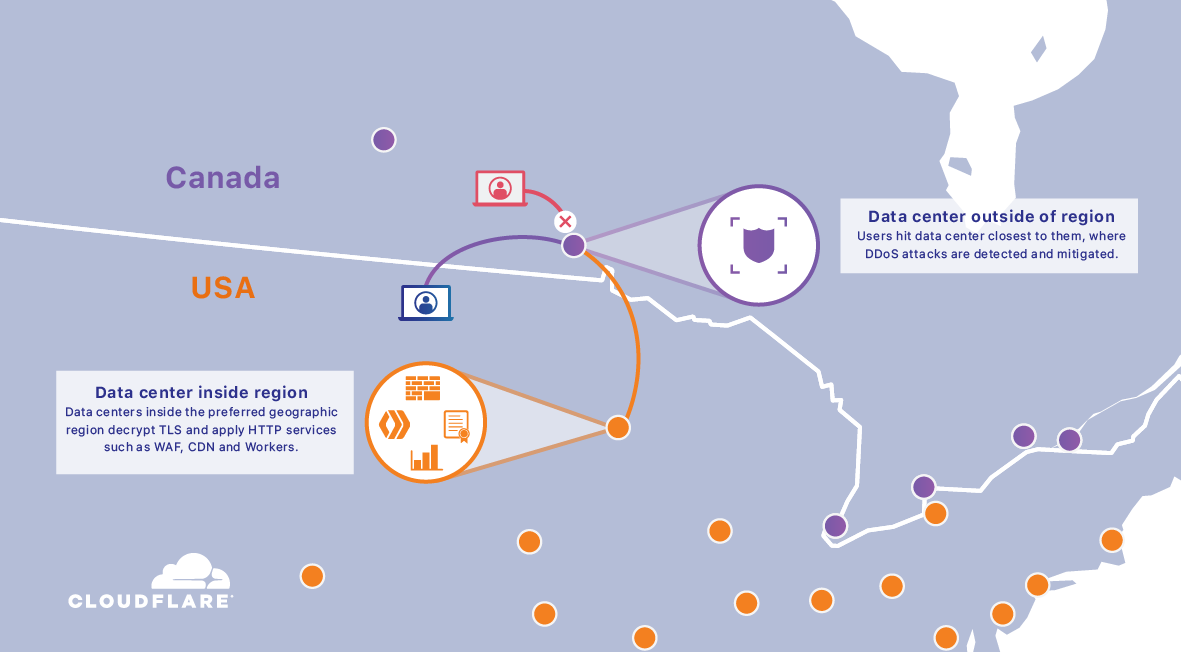Heavy Networking 525: Gluware Automating Terracon’s Network (Sponsored)
Some of our favorite Heavy Networking discussions are with folks deep in the hot aisle making technology work. No slide decks, just engineers doing the thing. How did it go? What do you wish you had done differently? What worked out well? We have one of these chats today with Jamie Hughes, Infrastructure Architect at Terracon. He's rolled out many complex network changes with Gluware's network automation platform.
The post Heavy Networking 525: Gluware Automating Terracon’s Network (Sponsored) appeared first on Packet Pushers.





